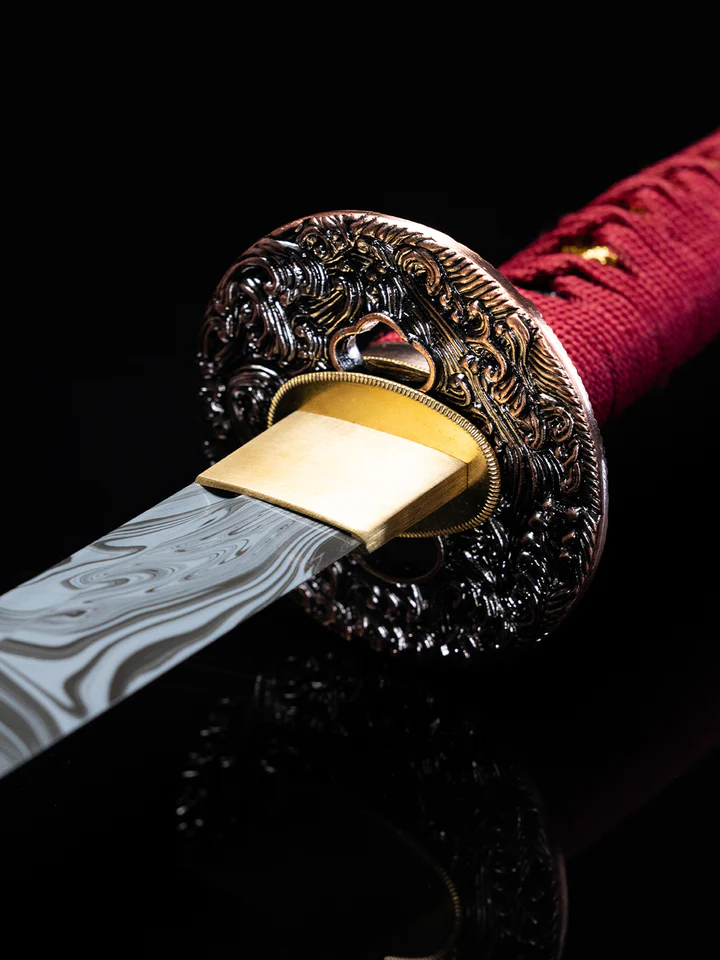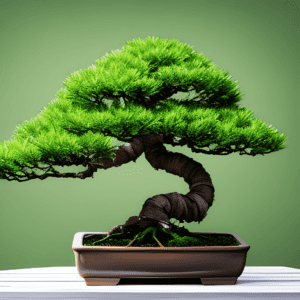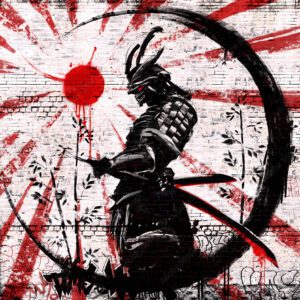
The Japanese katana is characterized by a slightly curved blade. Previous generations of traditional Japanese swords featured a more significant curved blade or straight blade. However, swordsmen soon discovered that adding a slight curve improved the sword’s cutting power and efficiency, particularly against unarmored opponents.
Steel
It is important to note that katanas are made of steel and that traditional blacksmiths have used a special type of steel known as tamahagane steel. Before this period, Rome and other civilizations made bronze swords, which were made in a cast mold rather than forged. The advent of steel metallurgy opened the door to a whole new world of possibilities when it came to swords and weapons. Steel swords could be forged without breaking or damaging the blade, a feature that bronze swords lacked.
But how do blacksmiths make the katana blade with a slight curve? Some think it is made by hammering, with the blacksmith banging a large hammer against the hot blade until the desired curvature is achieved. However, this is not necessarily true.
Temper
Katanas receive their curved blade not from forging, but from tempering. As we’ve discussed in previous blog posts, katanas are made by fusing multiple layers of steel sheets with varying levels of carbon. This reduces impurities and distributes the carbon content evenly throughout the blade. When creating these layers, the sword craftsman stretches and bends the layers of steel to create a block of steel, which is then formed into a billet.
At the billet stage, the katana has virtually no curvature. Only after the hardening process does it receive its curvature. Although specific processes vary, traditional Japanese swordsmiths often coated the blade with clay. Then they put the blade into the forge, thus heating the carbon and fusing it with the steel. The sword craftsman would then dip the blade in water or oil to cool it.
Exposing the hot blade to oil or cold water – a process known as quenching – resulted in rapid cooling, causing the clay-coated steel to form a super-strong material known as martensite. Because the katana blade was typically thinner around the cutting edge, it heated and cooled at a different rate than the rest of the blade. Nuances in this heating and cooling rate essentially cause different contraction rates. This is how the katana gets its curved blade.


